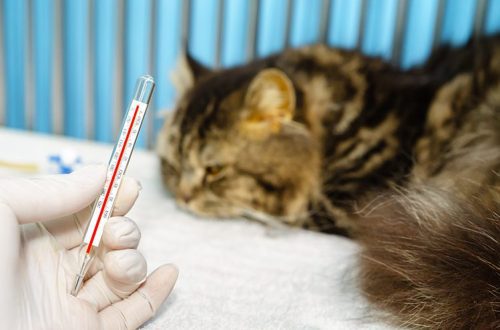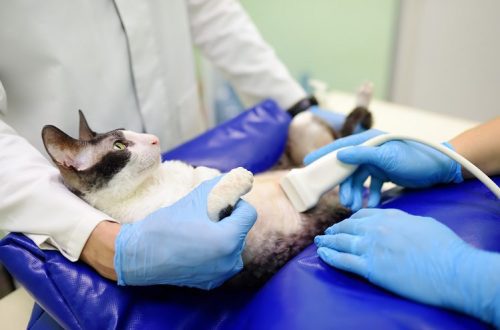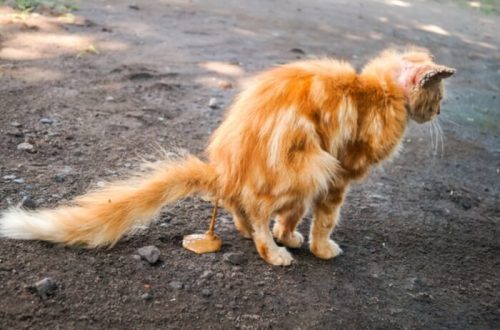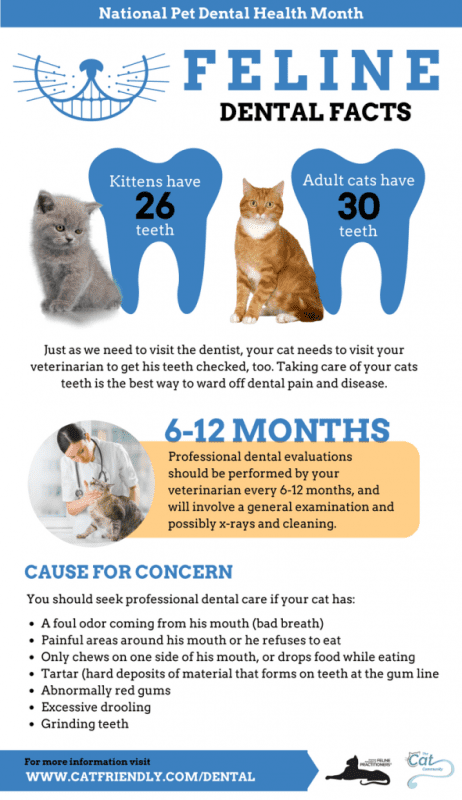
Cat dental care at home
You brush your cat’s fur regularly, but when was the last time you brushed her teeth? Although you may not think about it at all, taking care of your pet’s oral cavity is very important. These tips will help you keep your pet’s teeth healthy.
Contents
healthy cat mouth
A dog will bark, lick your face, and open its mouth in a wide grin to show all of its teeth, but cat teeth are a little harder to see. When your cat yawns or if she lets you touch her face, look at her gums. Healthy gums are pink, says Vetwest Animal Hospitals. If a cat’s gums are white, bright red, or even tinged with yellow, she may have an infection or a serious disorder, such as liver disease. Pay attention to slight changes in her behavior and appearance and take her to the veterinarian if necessary.
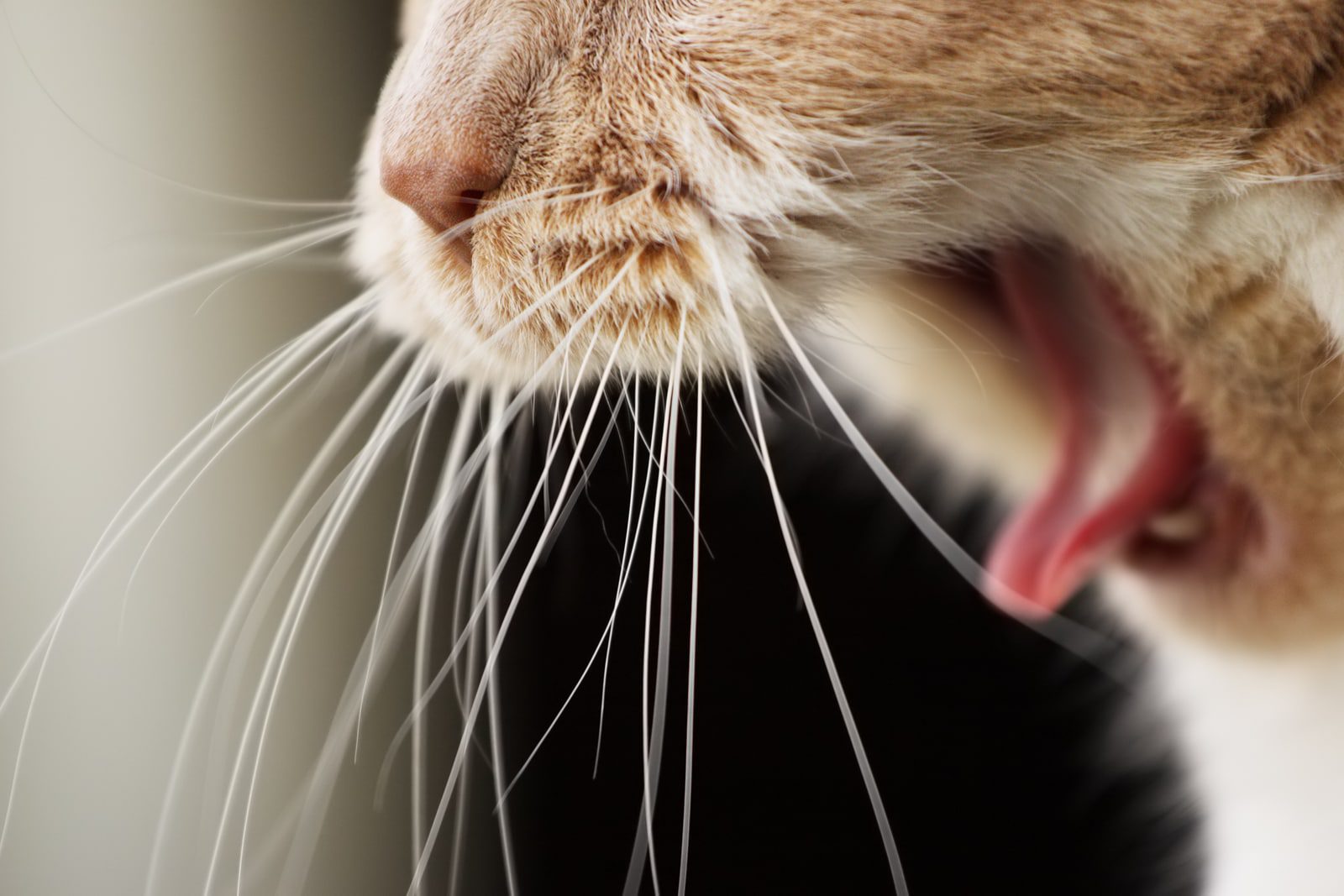
Pet owners should monitor the dental health of their pets. Your cat has thirty permanent teeth, and they should be white, with no signs of yellow or brown plaque or tartar (hard deposits or sticky deposits that cause enamel decay and oral disease). What language should a healthy cat have? Normal cat tongue should be pink. Cat Health writes that if your pet’s tongue is pale or white, the animal may be anemic and you should take it to the veterinarian immediately.
Why does a cat’s mouth smell? Bad breath can also be a sign that the animal has oral problems. It’s okay if your breath smells like fish or meat after eating, but what’s not normal is a persistent and persistent bad breath. So if you have to plug your nose when a cat rubs against your face because her mouth stinks, it’s worth taking her to the veterinarian to make sure there are no systemic diseases.
Why you should brush your cat’s teeth
Regular brushing is the most effective oral care routine for indoor cats to keep their teeth healthy for as long as possible. Chasing a quick ball of fur around the house to put your hand in its mouth may not be the most fun thing to do, but with time, even the most quirky cat will allow her teeth to be brushed.
Don’t know where to start? The American College of Veterinary Dentistry recommends that owners who do not yet have experience in pet oral care start small. First, let your cat get used to having her mouth touched. Try to take a couple of minutes every day to gently massage her face, lift her lip, or look into her mouth. Once she gets used to it, you can put a small amount of special toothpaste on your finger and let her lick it off. How can you brush your cat’s teeth? Cat toothpaste is made with different additives, such as chicken and seafood flavors, so she can even treat it as a treat. Next, you need to gently run your finger over your teeth. Once she gets used to the feeling, try using a real cat toothbrush. Don’t forget: You should never brush your cat’s teeth with a human toothbrush or your own toothpaste, as these contain ingredients that can cause stomach irritation and make your cat feel sick.
The sooner you introduce your kitten to brushing, the better, so start as soon as possible. Teaching older cats to dental care can be much more difficult. Some of them may simply not be willing to endure regular brushing. If your cat is one of them, you can try rinsing, drinking water supplements, chewable dentifrice treats, or a specially formulated cat food such as Hill’s Science Plan Adult Oral Care oral care that will freshen your pet’s breath and help clean up. dental plaque and tartar.
Professional cleaning
Just like you go to the dentist for oral care that you can’t do at home, your cat needs to go to the veterinarian for a particularly thorough cleaning. Professional cleaning, usually done under anesthesia, will remove plaque and tartar from areas that a toothbrush can’t reach, such as under the gum line. Most vets recommend comprehensive dental checkups every two years, says Petcha, especially as your pet gets older. Depending on the condition of your cat’s teeth, they may need more frequent cleanings. According to Lamar Veterinary Clinic, in addition to a thorough cleaning, the veterinarian will polish the visible parts of your cat’s teeth to scrape off hard plaque and buildup of tartar.
Broken teeth are a common problem in pets, so your veterinarian may also take x-rays of your teeth to check for any possible complications under the gum line. Other common diseases that can be detected with x-rays are periodontal disease, abscesses, or infections. Of course, having to put your pet under anesthesia for this procedure can be worrisome, but it is necessary so that the veterinarian can carefully check the teeth and assess the overall condition of the oral cavity.
Signs that your cat is in pain
It is worth noting that many common dental problems can cause severe pain. But, according to staff at the Wetwest Animal Hospital, the wild ancestors of cats did not show their poor health so as not to be vulnerable to predators, which means that to this day your pet will try to hide the fact that he has a toothache or other ailment. .
According to Harmony Animal Hospital, bad breath, or halitosis, is the most common sign that a cat needs oral care. Other signs include:
- Difficulty eating
- gum damage
- Stains on teeth
- Loose or broken teeth
- Tumors on the gums
- Touching the muzzle with a paw or drooling
Since you know your cat best, you will immediately notice any of these unusual signs. Contact your veterinarian if your pet’s eating habits change or if you think they are in pain.
Oral diseases in cats
Cats can develop a variety of dental and oral problems, especially as they age. Here are some of the more common issues to look out for:
- Broken teeth. Cats of all ages can fracture a tooth for a variety of environmental and health reasons. Your veterinarian will decide if a broken tooth should be removed depending on where it is in your mouth. As part of a full dental exam, a sedated cat will have an X-ray taken to look at the broken tooth and make sure that the root is not affected or that there are no more extensive oral diseases lurking under the gum line.
- Gingivitis. This is an inflammation of the gums, caused, among other things, by the formation of plaque. If left untreated, gingivitis can develop into periodontal disease, which affects the gums and bones that hold your pet’s teeth in place.
- Tooth resorption. The cause of this disease is still not clear, despite the fact that it affects nearly three-quarters of all cats five years of age and older, according to the Center for Feline Health at Cornell University. During resorption, the inner material of the tooth, the dentin, is destroyed, causing the tooth to break and cause pain when chewing.
- Periodontitis. In this gum disease, which is common in older cats, the ligaments and tissues surrounding the teeth recede and expose the root. Affected teeth usually need to be removed.
- Stomatitis. As with gingivitis, the bacteria can spread throughout the mouth and infect the tissues of your pet’s cheeks and throat. Veterinary Practice News warns that this disease can be quite painful for your four-legged friend. Stomatitis is generally more common in cats with FIV (Feline Immunodeficiency Virus), however you should contact your veterinarian immediately if your cat has a red and swollen mouth or groans when trying to eat.
If you notice any of these problems, or suspect that your cat may have dental problems, take her to the veterinarian as soon as possible. Dental problems are very painful and serious for her, just as they are for you. Brushing your teeth at home and getting regular checkups with your veterinarian will help your furry beauty maintain a healthy mouth for the rest of her life.



